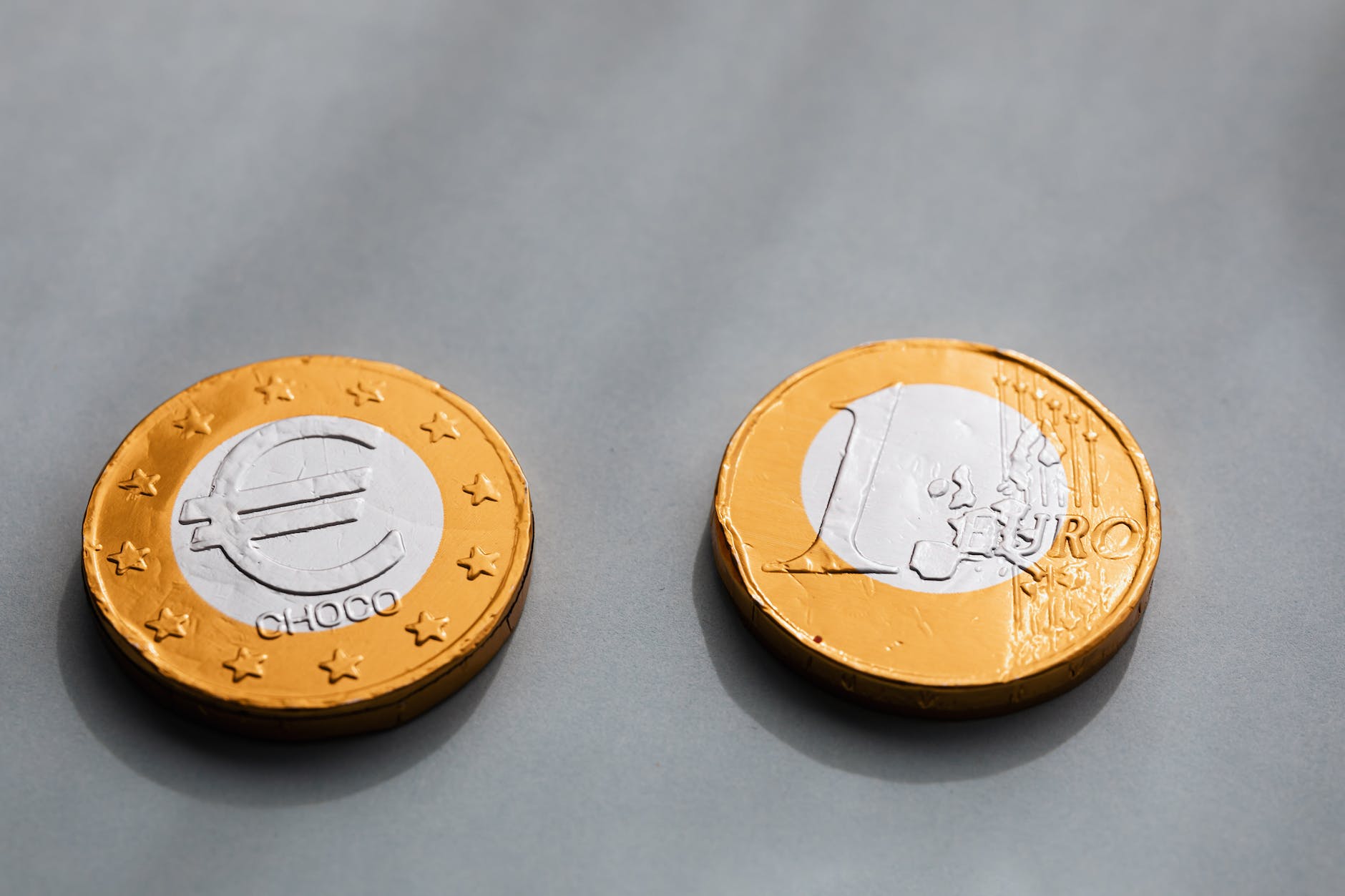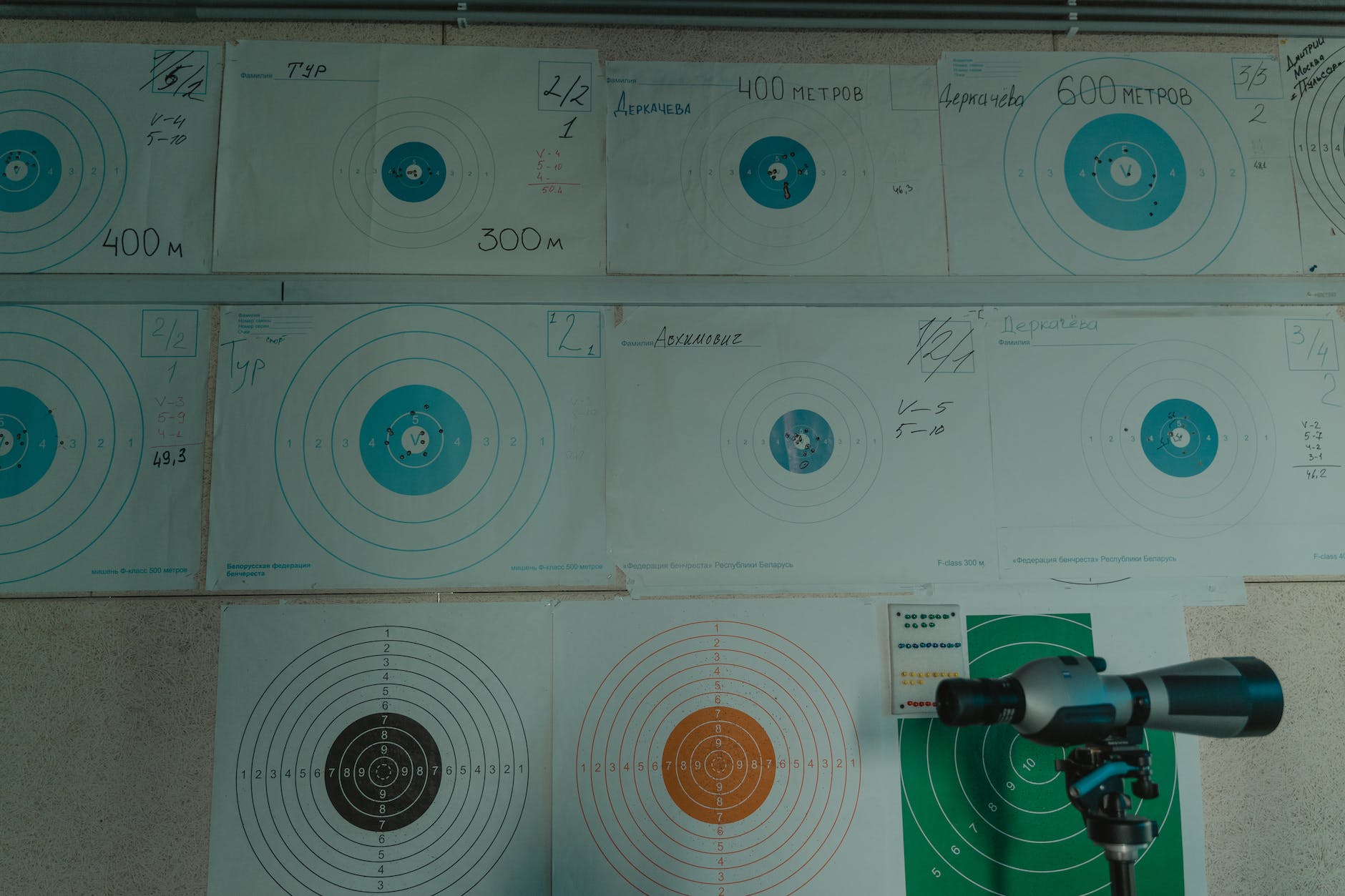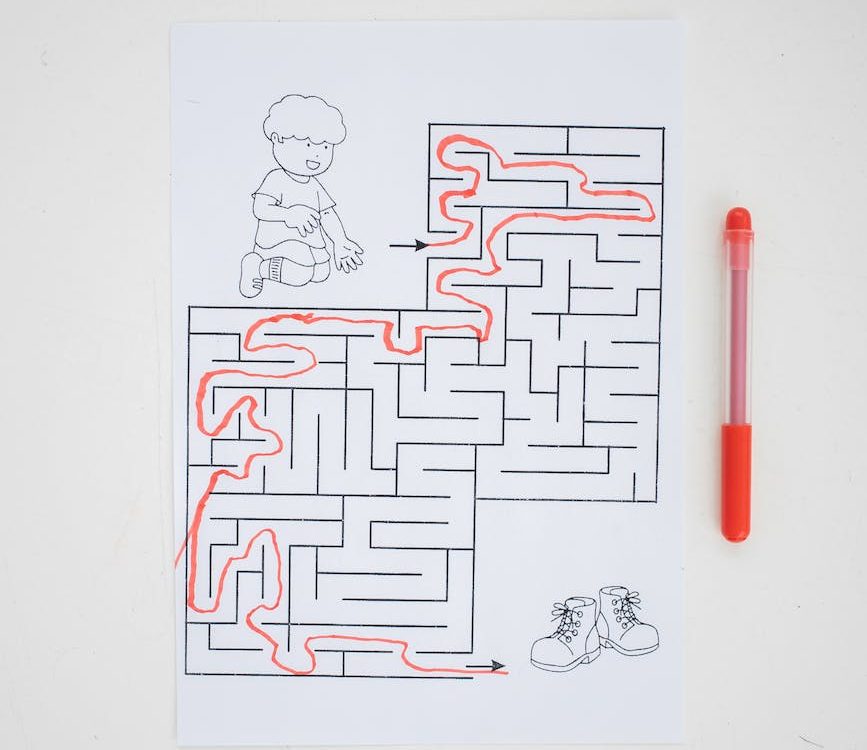The number of blocks to wait for before confirming transactions
In this article, let’s try to find how many blocks a recipient should wait for before accepting a transaction. …

In this article, let’s try to find how many blocks a recipient should wait for before accepting a transaction. …

In the previous article, we found the probability of double-spending. In this article, let’s look at the probability of an attacker mining a certain number of blocks with a hash rate of less than 50%.…

We tried to understand the 51% attack through the gambler’s ruin problem and the probability of a gambler winning T dollars in the last article. Let’s look at how we can apply the equation we…

This article discusses the solution to the gambler’s ruin problem as a precursor to understanding the probability of double spending. …

So far, we have briefly touched upon the idea of the 51% attack and how it actually allows double spending to happen. In this article, we will start to look at the theoretical basis of the 51% attack.…

We looked at double spending and immutability in blockchain in the previous article. In this article, let’s discuss forks in blockchain. Forks, as the name implies, splits the blockchain into two branches. A blockchain can…

In the last article, we looked at the process of mining in blockchain in depth. This article will look at how blockchain avoids double spending and how it manages to be immutable. Before we learn…

We looked at Merkle proof in the previous article and that concluded our discussions on blocks and their structure. In this article, we shall look at the process of mining in detail. There are two…

In the last article, we discussed the Merkle tree and how we can use that to ensure integrity, that is, to make sure that no transaction got added to the block after a miner mined…

In this article, we talk about block structure in blockchain, the block header and how we generate the Merkle root.…

We looked at the Proof-of-Work algorithm in the previous article, and in this article, we shall look at how we adjust the target hash based on the difficulty value to keep the transaction time constant.…

In the previous article, we saw how we use a puzzle to achieve consensus. In this article, we will see how we use Proof of Work as the puzzle and how it works. As we…

In the previous article, we saw how we order transactions in a blockchain by hashing transactions. However, this alone doesn’t help achieve consensus as we haven’t found a way to solve the confusion we talked…

In the previous article, we took a look at how we verify transactions in detail. In this article, we will look at why the order of transactions matters and how we can establish an order.…

We discussed proving ownership of bitcoins in the previous article. Let’s discuss how verifying transactions works at length in this article. Remember that earlier we learned that the pubkey script has a few scripts in…

This article discusses blockchain account addresses, how they are used to prove ownership of bitcoins and how blockchain transactions work.…